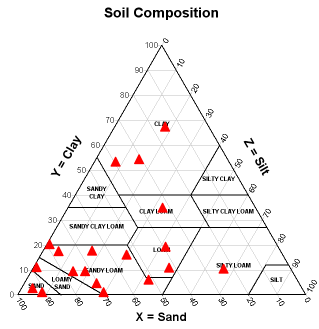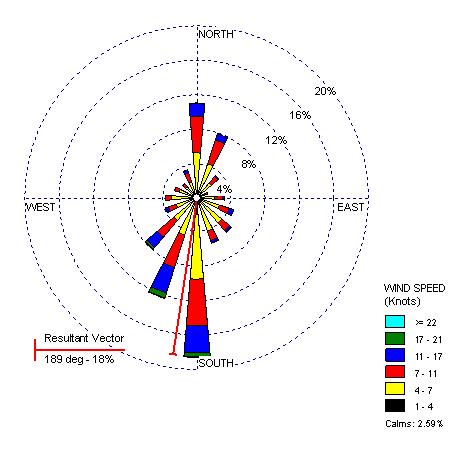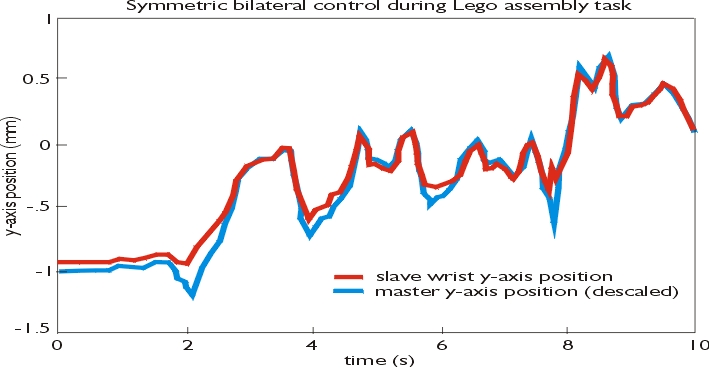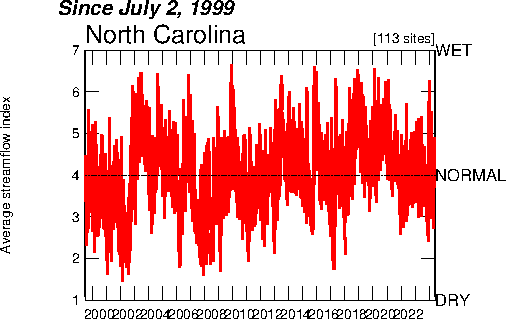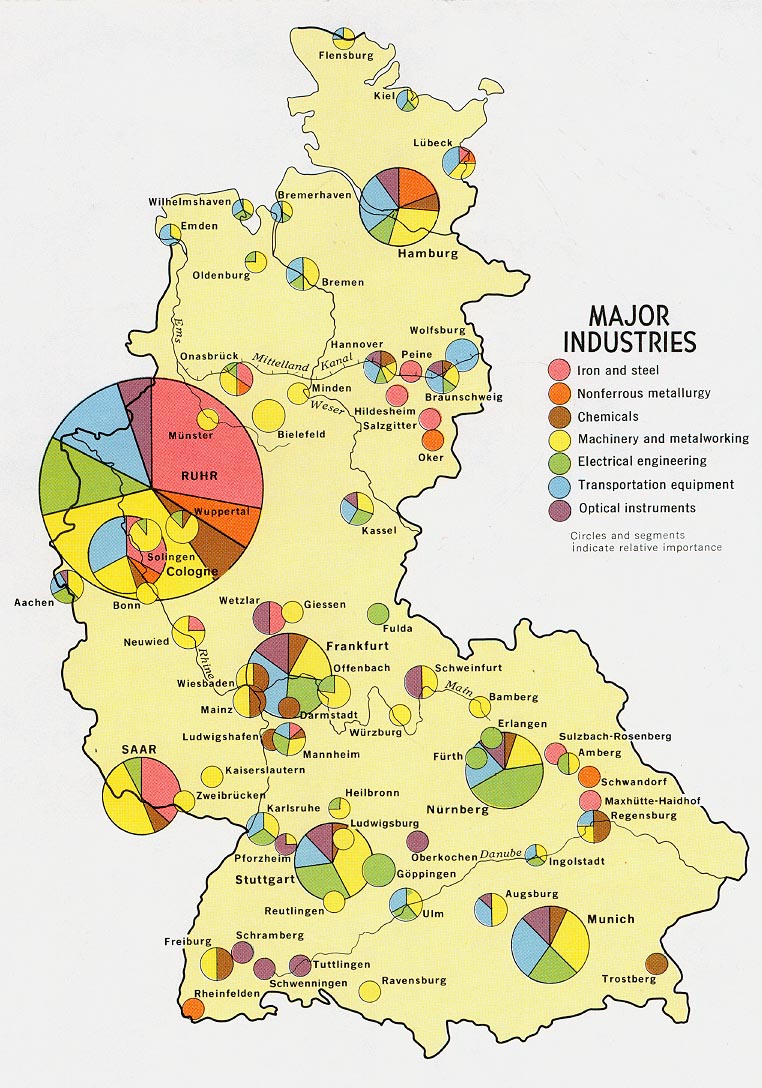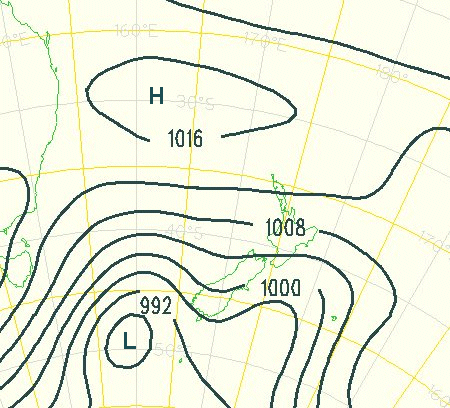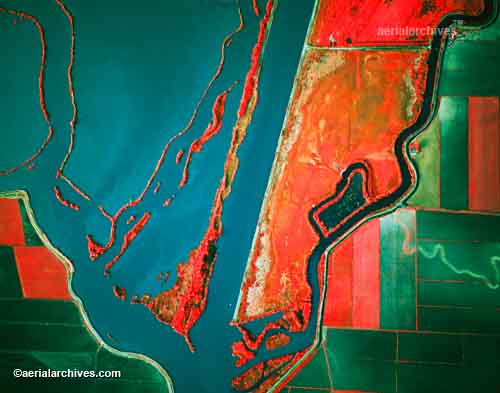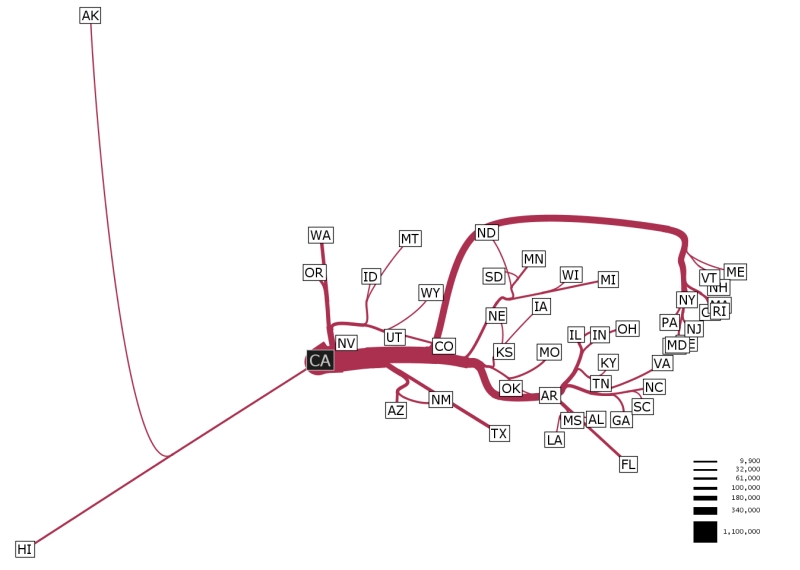
Sunday, July 6, 2008
Star Plots
Below is a star plot of crime rates in different cities around the US. Star plots are fairly complex to understand, but they are essentially used as a technique for graphical data anylsis. These various shapes represent specific data in a unique form.


Correlation Matrix
Similarity Matrix
Stem and Leaf Plot
Box Plot
Box plots are most often used in statistics in order to display data indicating symmetry and central tendency. The below graph gives us a median of scores on a test by amount of anxiety. Surprisingly, this graph indicates that the students with the highest anxiety level scored better had a higher median than the other students with lower anxiety levels.


Histogram
Parallel Coordinate Graph
Triangular Plot
Wind Rose
Climograph
A climograph is a bar graph and line graph that show monthly averages of temperatures and precipitation for a specific location. The below climograph of montreal allows us to gather data, such as:
 For more information visit: http://geography.ridley.on.ca/CGC1D/Students/Quebec2/Geo./Climographs.htm
For more information visit: http://geography.ridley.on.ca/CGC1D/Students/Quebec2/Geo./Climographs.htm
- The average temperature 6.5°C
- Temperature range: 20°C
- Total precipitation: 940mm.
- Season of maximum precipitation: Summer
 For more information visit: http://geography.ridley.on.ca/CGC1D/Students/Quebec2/Geo./Climographs.htm
For more information visit: http://geography.ridley.on.ca/CGC1D/Students/Quebec2/Geo./Climographs.htm
Population Profile
Lorenz Curve
Bilateral Graph
Nominal Area Choropleth Map
Unstandardized Choropleth Map
Standardized Choropleth Map
Univariate Choropleth Map
Bivariate Choropleth Map
Unclassed Choropleth Map
Unclassed choropleth maps do not use keys or legends to explain the data the shading of the data. This map was actually drawn to help visualize the proportion of children aged 0-15, using five classes based upon an equal bin interval classification scheme. Without the key it would be impossible to know which areas are more populated than others.


Classed Choropleth Map
A classed choropleth map helps understand a choropleth map much clearer than the unclassed choropleth map. This map uses a specific order to colors and applies a legend or key to label each color shown on the map. An example of this is how the red state stands out signifying the different data set up by the legend on the left hand side.


Range Graded Proportional Circle Map
This range graded proportional circle map uses the area of the circles to show their proportional to the channel width. The sizes of circle are what set this map apart from other circle maps. This specific map also uses color to indicate the color of the water, but that is not required for a range graded proportional circle map.
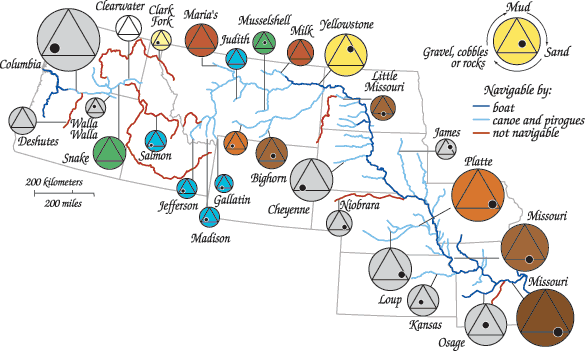

Friday, June 27, 2008
Remote Sensing
Index Value Plot
Scatterplot
Continuously Variable Proportional Circle Map
DOQQ
DEM
DLG
DRG
Isopleth
Isopach
Isohyet
Isotach
Isobar
LIDAR
Doppler Radar
This is a Doppler radar photograph of a hurricane on the edge of South Florida. Doppler radar helps meteorologists determine the speed and amount of precipitation of a hurricane. Doppler radars helps meteorologists everyday in determining the weather and severity of weather related natural disasters.


Black and White Aerial Photo
This is a black and white aerial photograph of Harrisburg, PA. The black and white large image makes it easy to find the perimeter of the park that has been traced with a white border. We can also easily map how large the Susquehanna River which divides downtown Harrisburg from the town on the west.


Infrared Aerial Photo
Cartographic Animation
Below is a still shot of a cartographic animation that shows the amount of deaths by percentages in Nebraska county by four specific diseases. The diseases are cancer, cerebrovascular, heart disease, and chronic lung disease. Click on the picture below to see the java cartographic animation. In order to maneuver around the animation just bring the cursor over the key on the right side of the map.


Wednesday, June 25, 2008
Statistical Map
For this map we observe the different areas of the country being measured in regards to the rate of growth for the population. This map contains statistics in a unique pattern that displayed figures in such a manner that pinpoints exactly where the growth is occurring and how much of it is taking place.
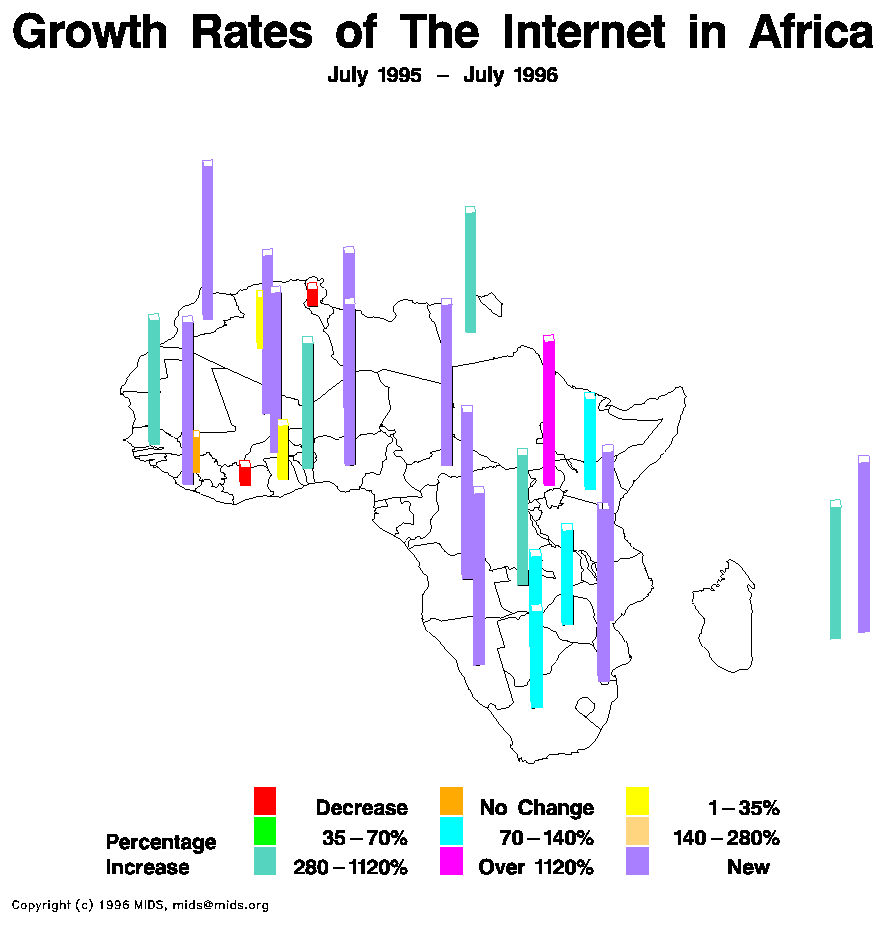

Cartogram
Flow Map
Isoline Map
Proportional Circle Map
Choropleth Map
Dot Distribution Map
Propaganda Map
A propaganda map is a map that essentially hold half truths or misinformation. In the below map their are advertising Nazi War Aims that showed evidence of Nazi's trying to take over. Obviously, this could of been true, but this map claims that this map was actually a secret Nazi map found that proved this rumor in 1957.


Hypsometric Map
PLSS Map
Subscribe to:
Posts (Atom)





